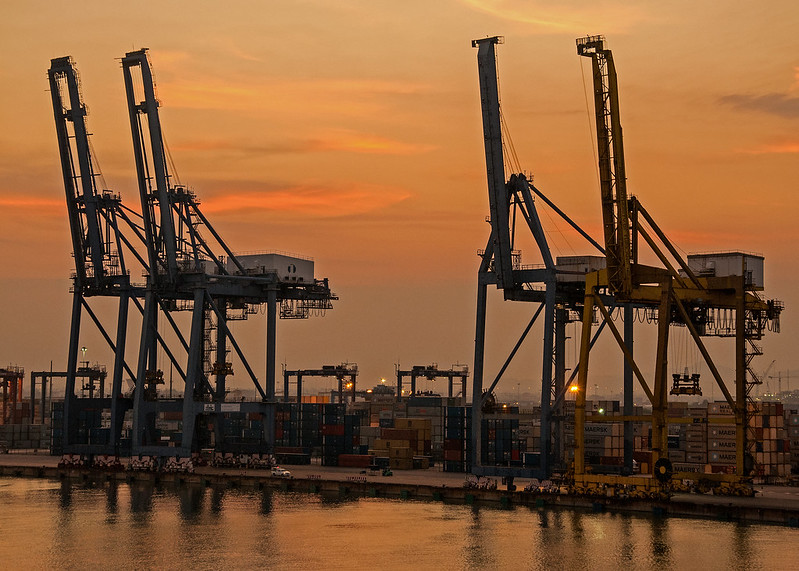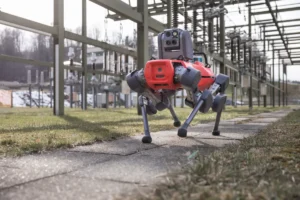
The work on board ships, working environments in port areas, such as oil and container terminals, subsea cable terminal station, loaded and unloaded, transport and logistics, can be dangerous for workers who are regularly exposed to high environmental and work-related risks.
Advancement in technology has introduced new and better methods to develop smart ports and autonomous ships using innovative systems to optimize their operations and work activities. Smart port and ship are facilities and craft that uses data and technologies to improve the lives of the workers and crew including health and safety, lower environmental impact, higher efficiency.
An autonomous and smart 4 degree ship is completely autonomous, has sufficient automation on board to operate without the crew, is able to make decisions by itself, so no human interaction is required both on board and on land. Ships of this type could radically transform maritime operations.
The need to evolve and become a smart port is even more important today as the industry is embracing new emerging technologies to improve port operations. In some areas of the world port operations remain anchored in the past and resistant to change, despite the improvements of the technologies and automated systems that other companies exploit to obtain better solutions.
To deliver more efficient and safe operations, smart ports could introduce unmanned vehicles, autonomous cranes and trucks. Smart facilities are safer and more efficient. They are able to host unmanned and autonomous vehicles that play a special role in this context, in order to improve the productivity, reliability, and flexibility of transport and logistics. Autonomous systems are equipped with several sensors and devices such as: 3D-laser, laser scanner and cameras for 3D environment detection for precisely assess the environment, the object dimensions and its spatial position. Fully autonomous vehicles can navigate freely, they are situation and facilities independent.
Thanks to the innovative Internet of Things (IoT) devices and vehicles are able to connect, exchange data, share information and transmit data to other systems. It finds application in various fields, including the vehicle and tools maintenance system, able to gather real time and continuous data from sensors for evaluate the risks of potential malfunction. Anything can be connected to the Internet using IoT technologies, such as machines, robots, or even workers in smart industrial facilities.
IoT is expected to spread rapidly over the coming years and will have an enormous impact on our lives.
Paolo Mazzone
SubEng – HSE Adviser
Image
Cover: Sunrise – Laem Chabang, Thailand, by bvi4092

